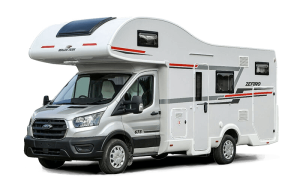Common van problems can be frustrating, and they can be expensive to repair, and there’s often a wait until the garage can fit you in. If you’re not ready to sell your vehicle – which you can do if you have a damaged repairable van – you can try to fix most issues yourself with some basic mechanical skills.
We’ve put together this guide to some of the most common van problems and how to fix them so you can try to get a little bit more life out of your beloved van. From how to fix van sliding doors to how to repair your vehicle’s fuel injector, here are 10 van repair hacks all van drivers need up their sleeve.
1. How To Replace Your Van’s Fuel Pump
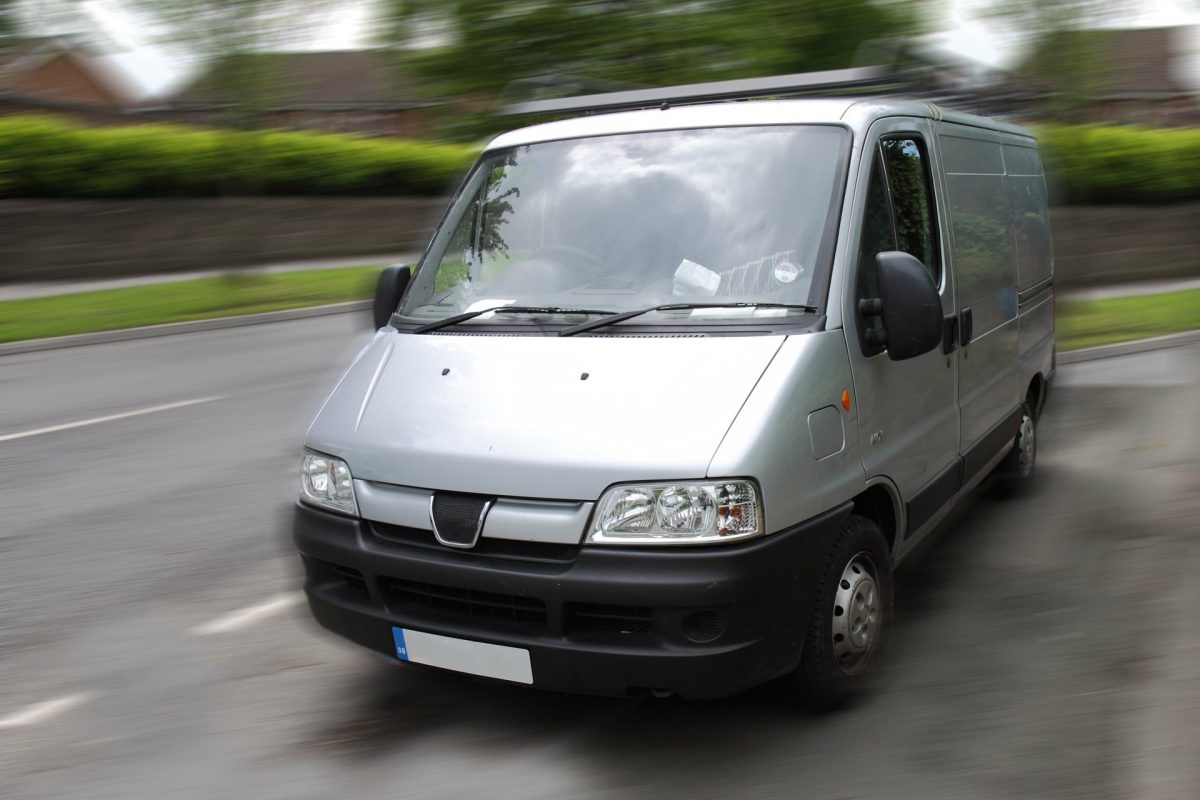
A blocked fuel pump is one of the most common van problems of all, and it often means you need a new fuel pump – a mechanic will be able to do this for you, or you can try to replace it yourself. It’s also important to keep an eye on your van’s fuel filter – if it becomes blocked, it won’t be able to prevent dirt and grease from damaging your fuel pump.
Signs of a damaged fuel pump include a spluttering engine or ignition problems, which need to be addressed as soon as possible. It can cost several hundred pounds to have a new fuel pump fitted, but you can potentially save money by doing this van repair job yourself, and just paying for the new part without the added labour cost.
Here’s how to fix a van’s fuel pump by fitting a new one:
- Jack your van up off the floor and remove the fuel tank; make sure any remaining fuel is drained into an approved container before you continue. The fuel tank should be thoroughly cleaned before you finish fitting the new fuel pump
- Unclamp the fill lines, then remove them as you start to carefully lower the gas tank
- Disconnect the wire connectors and fuel lines fitted to the module, then remove the pump retaining ring – at this point, you can remove the old fuel pump
- Make sure the area around the fuel pump is clean, then secure the new fuel pump
- Ensure pump retaining ring is back in place, make sure the wire connectors are reconnected, replace the gas tank, and clamp the fill lines once again
- Install the fuel tank back in place, and the process should be complete
2. How To Fix Your Van’s Sliding Door
One of the most common van problems isn’t to do with the engine or steering – it’s the sliding doors getting stuck. Not only can this be incredibly frustrating, but it can also compromise the safety of whatever you’re transporting. It’s understandable if you don’t want to take your van into the garage just because of a faulty door, so if you want to carry out this vehicle repair yourself, you’ll need to:
- Start by identifying the extent of the problem. Is it just the one door that’s stuck or is there a wider problem with your van’s locking system? Make sure it’s not an issue with the battery in your locking system before you start fiddling with the door
- If it’s the locking system that’s caused the door to jam, try to manually open the door before or use pliers to release any lock buttons from the locked position – this could help to get the door moving again
- If you can tell that the door is stuck because it’s wedged on something, try to remove the offending object; if it won’t shift, you may need to remove the door panel
- To take off the door panel, you can usually use a screwdriver to undo the points that secure the door trim
- Once you’ve removed the door, you’ll either be able to get rid of the obstruction that was causing the door to stick, or you’ll be able to examine the locking mechanism more closely
3. How To Fix Low Oil Pressure In Your Van
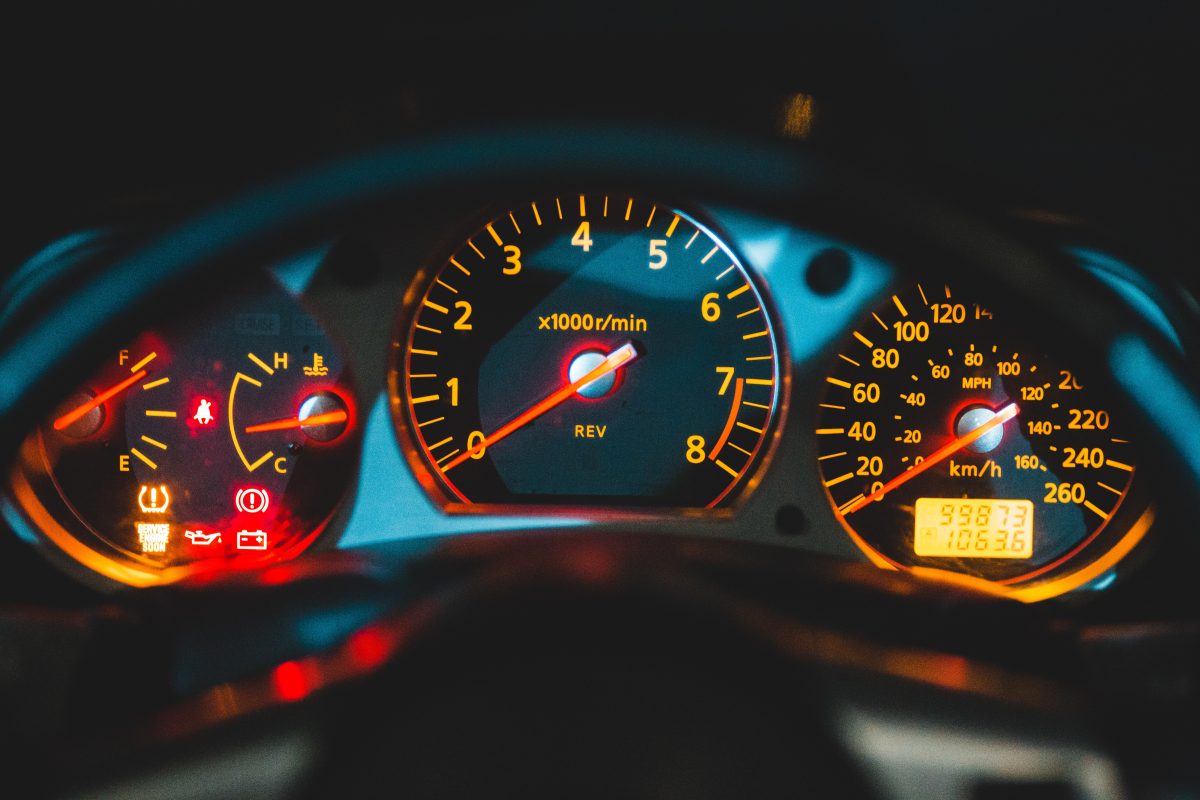
Low oil pressure is one of the most common van problems, but it’s also an easy vehicle repair fix. The oil pressure warning light will alert you when your oil pressure is too low – this is a sign that you should pull over somewhere safe, turn the engine off, and use a dipstick to check the engine oil level.
Low oil pressure can be caused by:
- Air getting into the oil
- The oil filter becoming blocked
- Dirt or grime contaminating the oil
- An oil leak
- Damage to your fuel pump
- Wear and tear affecting the bearings in your engine can impact the flow of the engine oil
You can try to address low oil pressure affecting your van by using an oil with a higher viscosity, but this is unlikely to be a permanent fix; a more permanent solution to the problem is rebuilding the engine to make sure that worn bearings are no longer affecting the oil pressure.
Installing new, thicker engine bearings will help to improve the efficiency of oil flow, while fitting a new oil pump could also help to restore a higher level of pressure. If you’re concerned that the source of your low oil pressure is a damaged oil pump shaft or oil pump drive belt, you may need to remove and replace these parts to fix the oil pressure problem.
4. How To Fix Fuel Injector Problems
It’s important to keep your van’s fuel injector clean to keep your engine running as efficiently as possible. If the fuel injector is damaged, the vehicle’s performance could be compromised, and it may begin to emit high levels of hydrocarbon and carbon monoxide.
Fuel injectors will become blocked over time, so it’s recommended that they’re cleaned after every 25,000 miles – an easy van repair hack. If you’re experiencing misfiring, particularly during light acceleration, this may be a sign that your fuel injector is compromised.
To fix a blocked fuel injector, you’ll need a specialist cleaning kit that contains polyetheramine (PEA). Then, you’ll need to follow these steps:
- Begin by disconnecting the fuel pump from the fuel injectors with a gentle pull
- Connect the fuel return line to the fuel pump to allow the gas to return to the fuel tank during the cleaning process
- Next, disconnect the pressure regulator, then connect your fuel injector cleaning kit to the fuel port – there should be instructions in the kit on how to do this
- Remove the fuel tank cap to prevent a build-up of pressure, then turn on the engine
- Wait for 5-10 minutes to allow all of the cleaning solution to be used up before turning the engine off again
- Finally, disconnect the cleaning kit, then reattach the pressure regulator and fuel pump
5. What To Do About Gearbox Failure
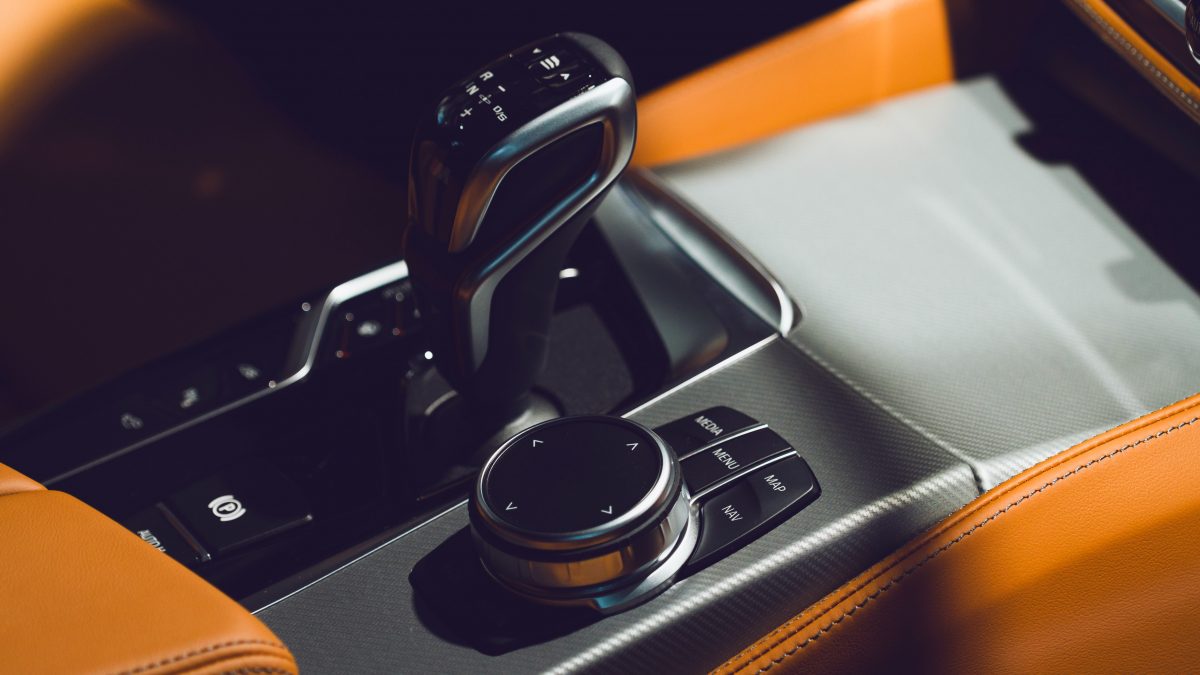
Gearbox failure can take multiple forms, including loose gears, oil leaks, and insufficient lubrication. Replacing a broken gearbox can cost thousands of pounds, but you can sell your van even if it has a gearbox that doesn’t work, as this issue will categorise your vehicle as a damaged repairable van.
Before investing in a new gearbox, you might want to check the following:
- Make sure your gear synchros aren’t suffering from too much wear and tear – this could be what’s behind any grinding noises when you’re moving up or down a gear
- Check differential and drivetrain components, as these interact closely with your van’s gearbox. Look out for low differential fluid or a damaged driveshaft, as this could affect the smoothness of your gear changes
- If any of these components aren’t working properly, consider replacing them
6. How To Fix Kingpin Issues With Your Van
If your van is veering to one side while you’re driving, this could be due to faulty kingpins, and could cause you to fail your MOT. Kingpins can become damaged due to a build-up of dirt, which can occur if they’re not properly greased.
You can try to fix your van’s kingpins yourself, but you’ll need to be able to jack the van up to carry out the vehicle repairs from underneath. Once your vehicle is in the right position, you’ll need to follow these steps:
- Begin by dismantling the front axle, removing the wheels, calipers, brake discus, shock absorbers, and steering arm
- Use a hammer to loosen the hydraulic press – a few taps should be enough to remove it
- Once this has been removed, you’ll be able to see the kingpins and take them out
- Clean the surrounding area – a wire brush can help you to remove excess dirt and grime – before securing the new kingpins in place
- Fit the axle back and all of its components back in place, and make sure the kingpin is well-greased to prevent a further build-up of grease in the future
7. How To Fix A Clogged Turbo Engine Air Filter
Most newer vans have a turbo engine, with Ford Transit and Vauxhall Vivaro vans both fitted with this type of engine. Turbo engines are designed to force both more air and more fuel into the cylinder, generating more power as a result.
However, sometimes the air filter of your turbo engine can become blocked with common driving debris, such as stones and leaves, which can cause bigger engine problems if they’re not cleared as soon as possible. Signs of a blocked turbo engine air filter can include a smoking exhaust pipe, your van’s engine warning light turning on, or even the engine cutting out completely.
Unblocking your van’s turbo engine air filter is a relatively simple vehicle repair to carry out yourself:
- Remove the air filter from the engine – this should be fairly straightforward to do, but you may need to loosen a few fittings
- Tap the filter gently to remove any debris, then give it a thorough clean with a prepared solution or by using a vacuum. Bear in mind that if you’re using a cleaning solution, you won’t be able to place this back in the engine while it’s still wet – allow it to dry thoroughly before replacing
- Clean the casing around your filter too, as this can also be affected by driving debris
- Once you’re happy that the filter and its casing are clean and dry, reinstall the filter in the same spot – make sure to tighten any loosened bolts to secure it back in place
8. How To Fix Your Van’s ECU
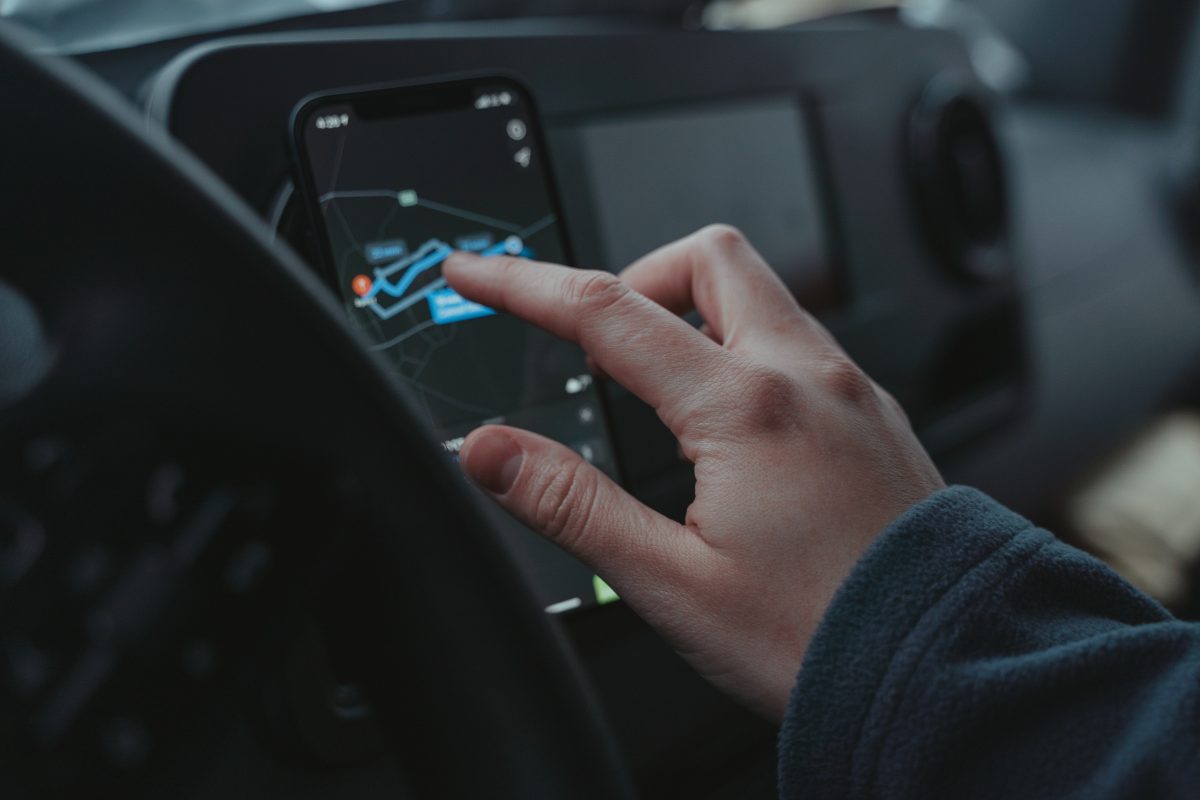
Vans can have many different ECU (electronic control unit) modules to keep them operating efficiently, for example:
- Brake control module
- Suspension control module
- Transmission control module
- Engine control module
Sometimes, an ECU may need to be remapped, but this can be tricky to do yourself, so you may need to invest in a new ECU instead; this can be expensive, although doing this van repair yourself can make the fix more affordable, as can buying a new ECU from a vehicle that’s set to be scrapped.
Here’s how to replace a van’s ECU yourself:
- Unplug the battery from your vehicle to ensure there’s no power running through it. Leave the van for around half an hour to clear any remaining memory from the computer
- ECUs are typically located in the passenger side of a vehicle, but your manual will tell you exactly where to find it. Once you’ve found the ECU, unscrew the bracket holding it in place
- Then, you’ll need to unplug the wiring harness, and you’ll be able to remove your old ECU
- You may be able to use a diagnostics mode to locate the fault with your ECU at this stage, or you can simply begin to install the new unit
- To install a new ECU, reattach the wiring harness and bracket, before refastening the panel
9. How To Fix DPF Problems With Your Van
DPFs (diesel particulate filters) are designed to capture and store exhaust soot to help reduce diesel vehicle emissions. Every now and again, the gathered soot will need to be burned off via regeneration or ‘regen’ – a sort-of van repair that your van will carry out by itself. Regen is designed to protect the environment from the black smoke that diesel exhausts would otherwise generate.
Driving on the motorway naturally encourages ‘regen’, but if you don’t travel on the motorway very often, you may need to clear the DPF yourself, or even attach a new one. To replace your van’s DPF:
- Jack up the van, making sure you can lie comfortably underneath it
- The DPF will resemble a wider exhaust, and it can typically be found close to the engine – remove any bolts and screws holding the DPF in place, and keep hold of these for attaching the new filter
- New DPFs should come with heat shields, so you shouldn’t need to remove the DPF from its existing heat guards before removing
- Next, attach the new DPF, making sure it’s securely screwed into position – use this opportunity to replace any of the old nuts and bolts that you need to. Make sure the new DPF is as secure as possible, as a slightly loose DPF could lead to problems
10. How To Deal With Differential Failure
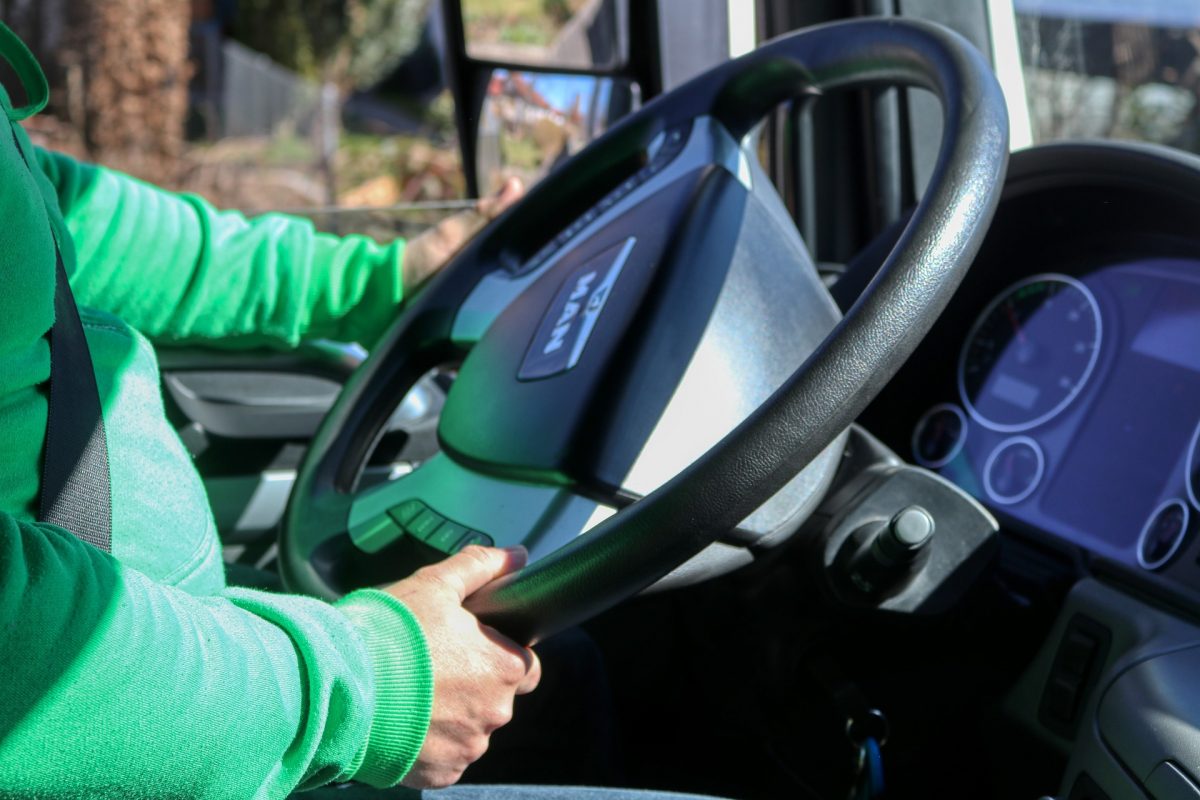
Your van’s differential is probably something that you don’t ever give much thought to until it starts to fail. The differential is designed to enable two wheels that share an axle to turn at different speeds, which is essential when you’re turning a corner. Signs of differential failure can include clanking sounds when you’re taking corners, and you may feel the steering wheel vibrate too.
If you notice any of these issues and are concerned the problem may be your differential, stop driving your van and contact a mechanic. It’s not safe to drive a vehicle with a faulty differential and you shouldn’t try to fix this problem yourself – this is a vehicle repair that needs to be carried out by the professionals.
What If I Can’t Fix A Problem With My Van?
If you can’t fix your van yourself, it’s worth getting a quote from a mechanic to see if they can help without stretching your budget too far. However, van repairs can be costly, and it may be better for you to sell your old van and start again with a newer vehicle.
At We Buy Broken Vans, we specialise in buying damaged repairable vans, with common problems including:
- ECU faults
- Turbo engine problems
- Low oil pressure
- Engine warning light worries
- Wiring loom faults
- Fuel injector problems
- Timing chain issues
- Gearbox failures
- Differential problems
- Fuel pump problems
- DPF issues
- MOT failure
Contact us here if you’ve got any questions about your damaged van or to find out more.

